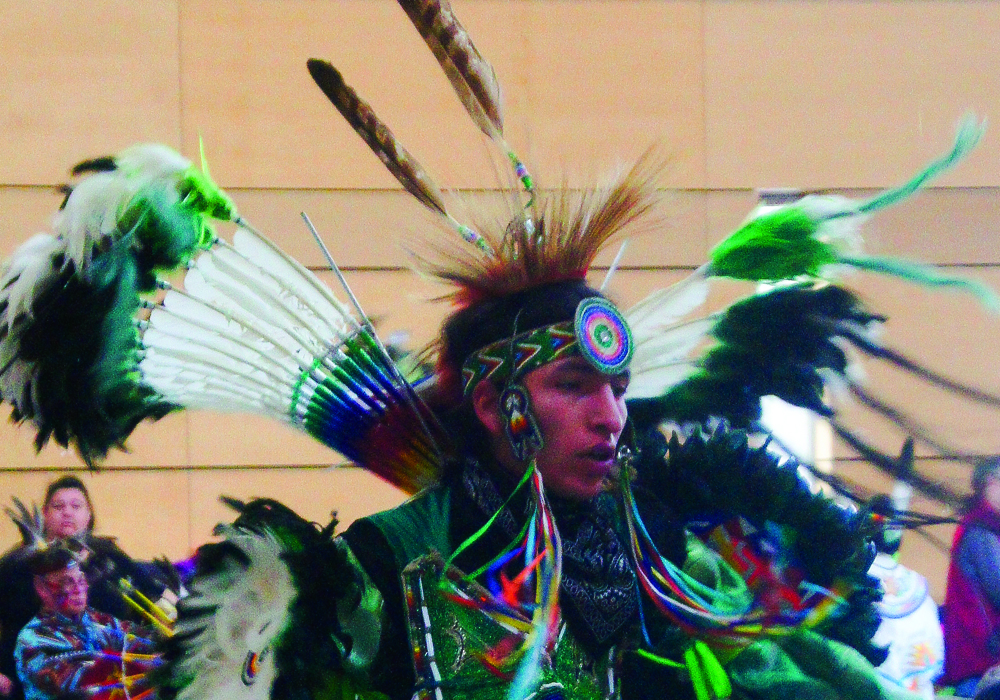Vishwaveda Joshi, Contributor
Christopher Lai, Comics and Graphics editor
Featured image courtesy of Vishwaveda Joshi
All was on display when members of the indigenous community gathered at York throughout the week to celebrate the 14th Annual All Nations Pow Wow and Gathering.
This year’s theme was “Celebrating Indigeneity and Academia.”
The series of events included a screening of Rhymes for Young Ghouls, the fifth annual Knowledge in Sharing Stories Conference, and Pow Wow Time gathering.
On Friday, at Osgoode Hall Law School, the KISS conference centred around “Bawaajigan: Envisioning Pathways of Truth and Reconciliation.”
Excalibur spoke with keynote speaker, Diane Hill, who advocated the need for conversations between indigenous students and non-indigenous students, which will hopefully address and acknowledge the needs of indigenous students.
Hill raised the importance of building allies and breaking stereotypes to address the questions surrounding the lack of confidence and trust within the education system.
“One campaign made up by the indigenous students having the support of an entire campus would be powerful,” says Hill.
Karissa John, president, Aboriginal Students’ Association at York, says people need to decolonize their minds and re-route themselves spiritually to understand each other and look for common ground.
“Learning [where] people originally lived on the land [that] you work and live on today is another important task that should be taken up.”
This would require both unlearning and relearning history, she says.
Randy Pitawanakwat, Centre for Aboriginal Students Services coordinator, says the powwow has been growing every year and now it’s well established and recognized within the powwow trail circuit.
It is also important to educate indigenous and non-indigenous students to repair the damaged relationships and foster a healthy community that involves all students, he says.
Education is the best way toward reconciliation and addressing the issues facing indigenous students, says Ryan Neepin, ASAY executive.
ASAY members express a need for a mandatory course at all post-secondary educational institutions to help non-indigenous people understand and consider the presence of indigenous students.
On Saturday afternoon, a record-breaking 121 dancers from the indigenous community came to Vari Hall, displaying their culture through the vibrant hand-stitched dresses and expressive movements, accompanied by energetic drums and vocals.
“We gather to celebrate our culture and acknowledge the spiritual beings that are coming in,” says Ed Sackaney, head male elder of the dance team.
“You have the physical aspect to the performances that you see, but there is also a spiritual and emotional aspect to the dancing and singing that each dancer, drummer, and singer feels. Everyone around also feels a vibration of positivity. The spiritual element is very important in this collective dancing and everyone comes here to learn.”
The two traditional and fancy shell dances were quite distinctive and beautifully executed.
Mariah Abotossaway, third-year psychology student and female lead dancer, says she loves dancing, and when she’s dancing, she feels more a part of the community.
“It gives me a sense of radical equality and I simply love the event as it has been an experience,” she says.
“The event was a means of solidifying our presence at York and an opportunity for others to learn more about our culture,” says John.
Tweet us, @excaliburYU


